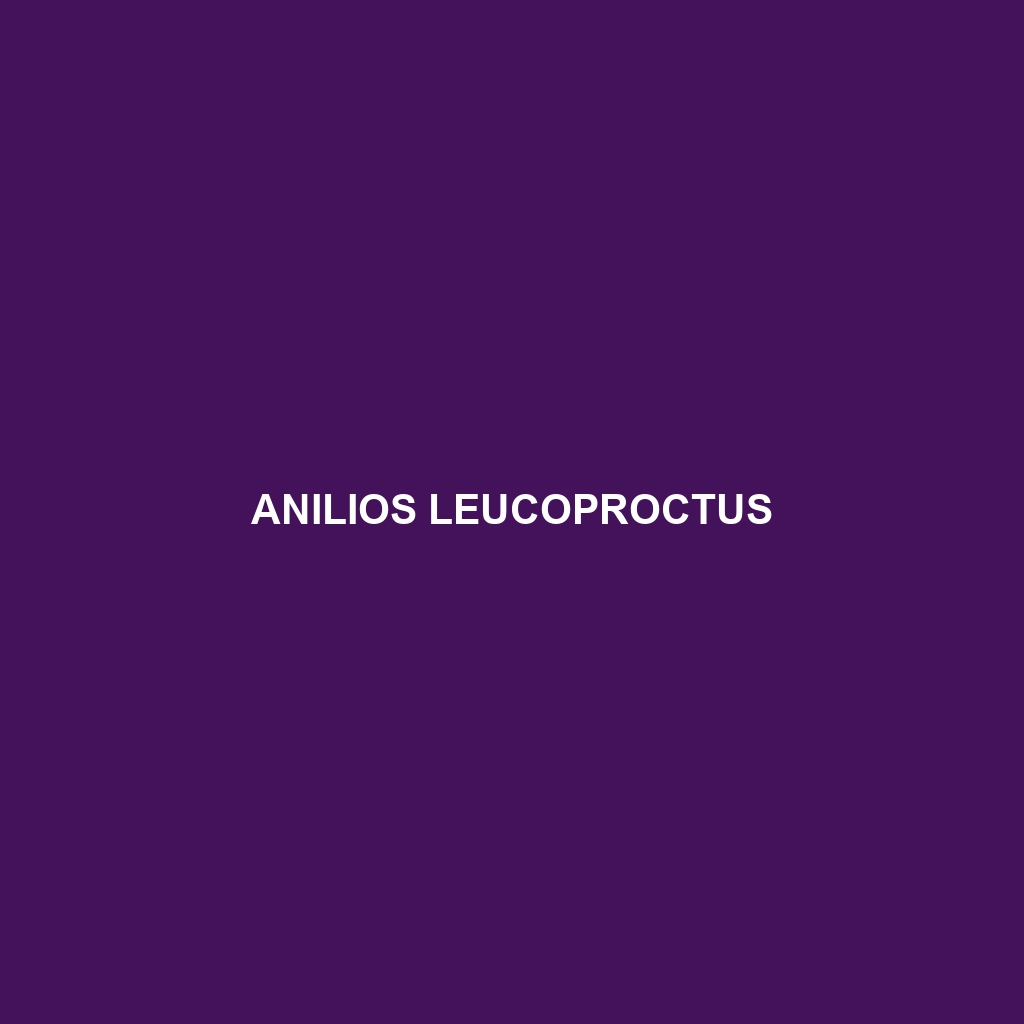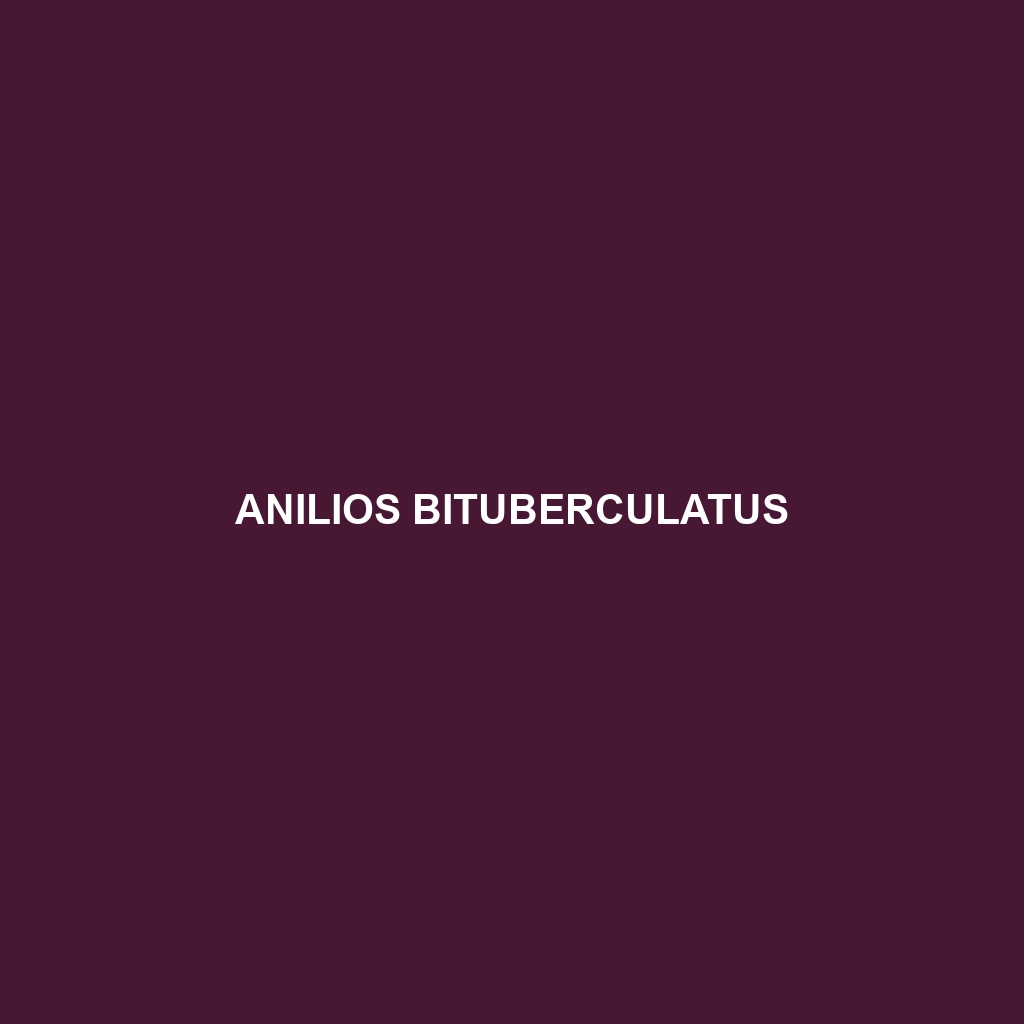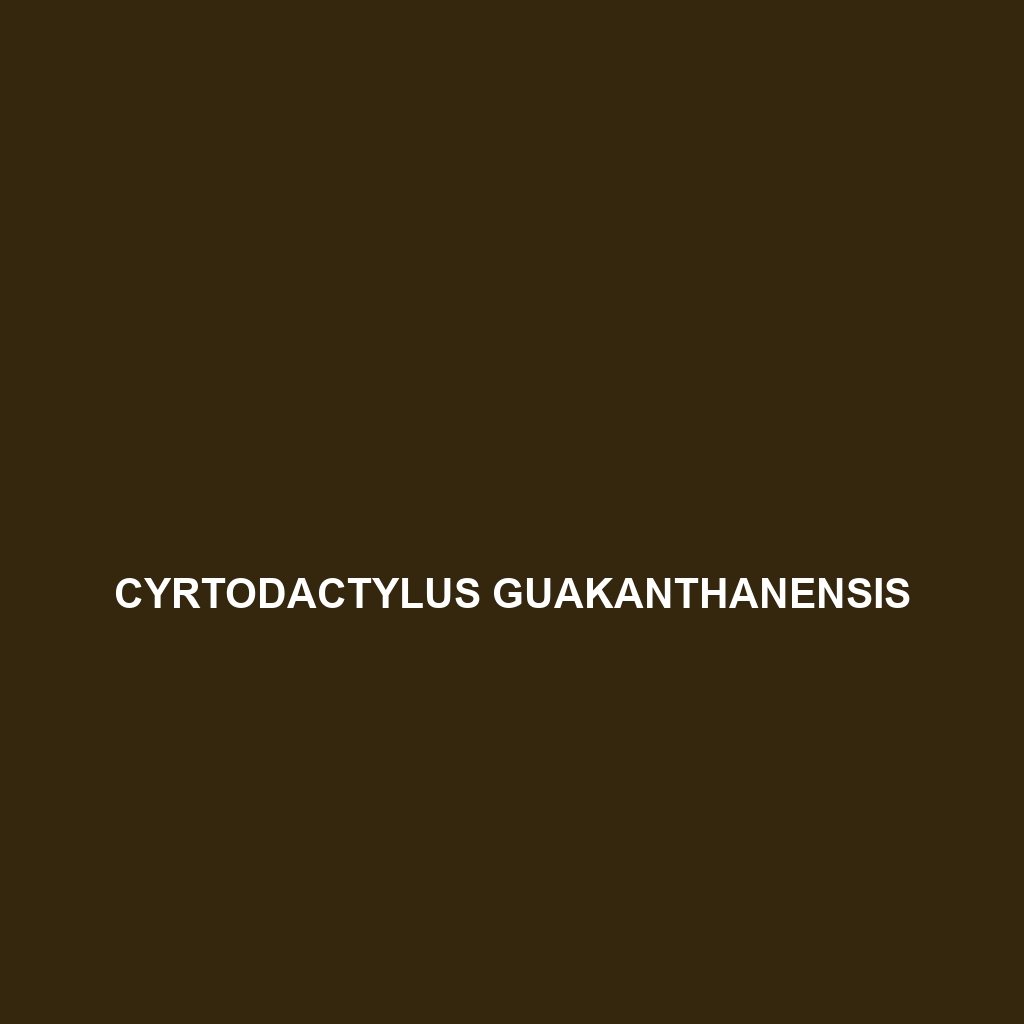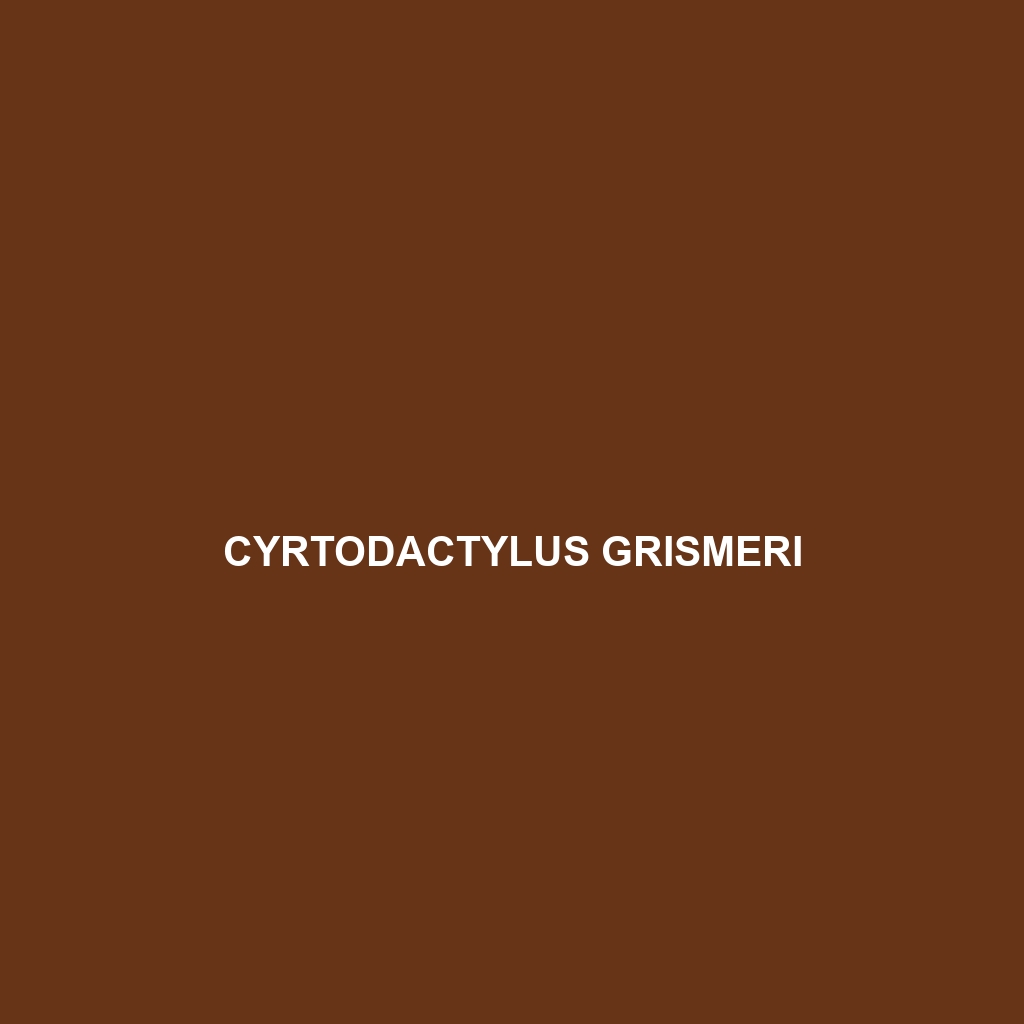
Tag: IUCN Red List
-

Anilios longissimus
Discover the Anilios longissimus, or long worm snake, a unique burrowing species native to northern Australia’s tropical regions. With its smooth, elongated body, it thrives underground, feeding on small invertebrates, playing a vital role in its ecosystem as both predator and prey.
-

Anilios leucoproctus
Discover the elusive Anilios leucoproctus, or white-bottomed blind snake, a slender fossorial species native to the tropical habitats of Australia and New Guinea, measuring 30-50 cm in length with a smooth, dark brown to reddish-brown body and distinctive pale underbelly. This carnivorous snake plays a crucial ecological role by preying on soft-bodied invertebrates while contributing…
-

Anilios howi
Discover the How’s blind snake (Anilios howi), a small, slender reptile found in the tropical woodlands of northern Australia, known for its unique burrowing adaptations and nocturnal feeding on invertebrates. With its smooth scales and cryptic behavior, this secretive species plays a vital role in maintaining ecological balance in its habitat.
-

Anilios kimberleyensis
Discover the Anilios kimberleyensis, or Kimberley Blind Snake, a fossorial species native to the arid regions of Western Australia, recognized for its elongated, smooth body and diet primarily consisting of termites. This non-aggressive snake plays a vital role in its ecosystem by controlling termite populations and contributing to soil health.
-

Anilios centralis
Discover the Anilios centralis, a slender, nocturnal snake native to central Australia, known for its burrowing lifestyle and distinctive light brown to pale yellow coloration with dark spots. This fascinating species plays a crucial role in its ecosystem by preying on soil invertebrates and thrives in arid, semi-arid habitats, primarily found in sandy plains and…
-

Anilios chamodracaena
Discover the Anilios chamodracaena, also known as the Australian Blind Snake, a non-venomous, fossorial species thriving in arid regions of Australia. Measuring 45 to 70 cm, this secretive snake plays a crucial role in its ecosystem by controlling invertebrate populations and contributing to soil health.
-

Anilios bituberculatus
Discover the Anilios bituberculatus, also known as the tuberculate blind snake, a medium-sized burrowing snake native to the tropical rainforests of Papua New Guinea. This species thrives in humid, dense environments, featuring distinctive tubercles on its scales and playing a vital role in controlling soil health by preying on small invertebrates.
-

Anilios broomi
Anilios broomi, commonly known as the broom snake, inhabits the arid regions of Australia and is characterized by its elongated cylindrical body, ranging from 60 to 90 centimeters in length, with a distinctive brown and cream coloration for effective camouflage. This fossorial species primarily preys on invertebrates and plays a vital role in controlling insect…
-

Anilios batillus
This non-venomous snake, known as Anilios batillus or “Blind Snake,” thrives in the forests of southeastern Queensland and northeastern New South Wales, featuring a cylindrical body with dark brown to reddish-brown coloration and a diet primarily consisting of earthworms and slugs. An adept burrower, it plays a crucial role in soil health and ecosystem balance…
-

Anguis graeca
Discover the Greek legless lizard, Anguis graeca, a unique fossorial species native to southeastern Europe, thriving in warm climates and characterized by its elongated, limbless body and diet of small invertebrates. Currently listed as “Near Threatened,” this lizard plays a crucial role in maintaining ecosystem balance while being an essential predator and prey in its…
Search
Popular Posts
-
Cyrtodactylus gubaot
Discover the Cyrtodactylus gubaot, also known as the Gubaot Gecko, a vulnerable species found in the limestone karsts of the Philippines. This nocturnal insectivore sports a distinctive coloration for camouflage, thriving in tropical forests and playing a crucial role in regulating local insect populations.
-
Cyrtodactylus guakanthanensis
Cyrtodactylus guakanthanensis is a slender gecko native to the tropical humid forests of Southeast Asia, known for its agile climbing abilities and distinctive coloration that offers effective camouflage. This nocturnal insectivore plays a crucial role in its ecosystem by controlling insect populations and serving as prey for larger animals.
-
Cyrtodactylus grismeri
Discover the Cyrtodactylus grismeri, also known as Grismer’s bent-toed gecko, a small (up to 10 cm) nocturnal gecko native to the lush, humid forests of Southeast Asia. With its unique brown and gray camouflage, agile climbing abilities, and role in controlling insect populations, this vulnerable species is a vital part of its ecosystem.
Categories
Archives
Tags
animal adaptations (681) animal behavior (4610) animal reproduction (754) bat species (661) behavior (915) biodiversity (6592) conservation (1670) conservation efforts (1303) conservation status (4411) diet (2089) echolocation (822) ecological balance (1205) ecological role (1182) ecology (786) ecosystem (1467) ecosystem role (2535) ecosystem roles (576) endangered species (2321) environmental conservation (613) habitat (3210) habitat conservation (845) Habitat Destruction (848) habitat loss (2719) herbivorous diet (521) IUCN Red List (1186) nocturnal (571) nocturnal animals (2681) nocturnal behavior (2134) omnivorous diet (591) physical characteristics (1937) reproduction (2827) reptile conservation (626) rodent (677) rodent species (1325) seed dispersal (2039) Seed Disperser (949) seed dispersers (588) small mammals (1161) South America (769) species description (652) tropical forests (882) Vulnerable Species (3962) wildlife (2504) wildlife conservation (4153) wildlife protection (735)



